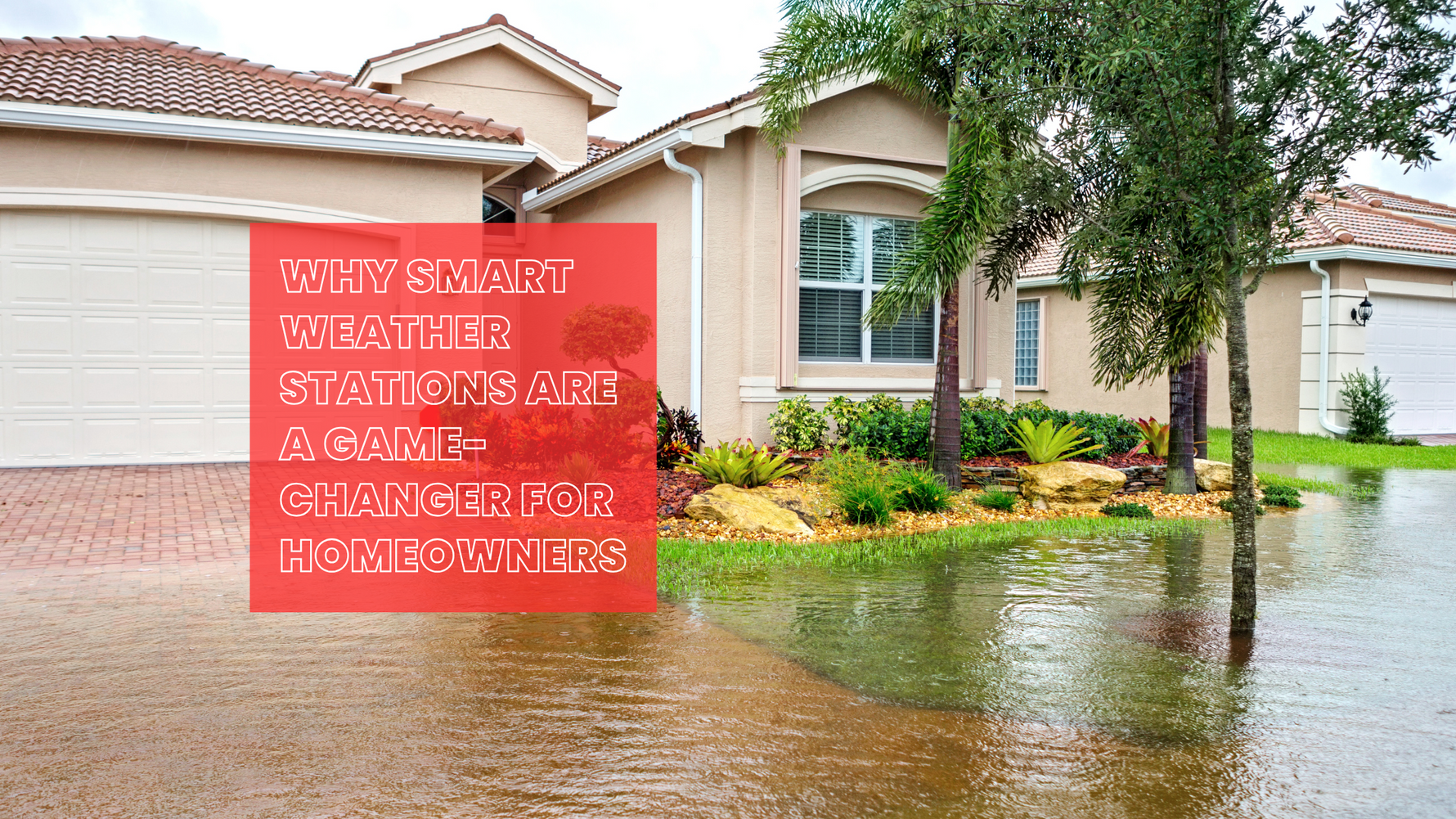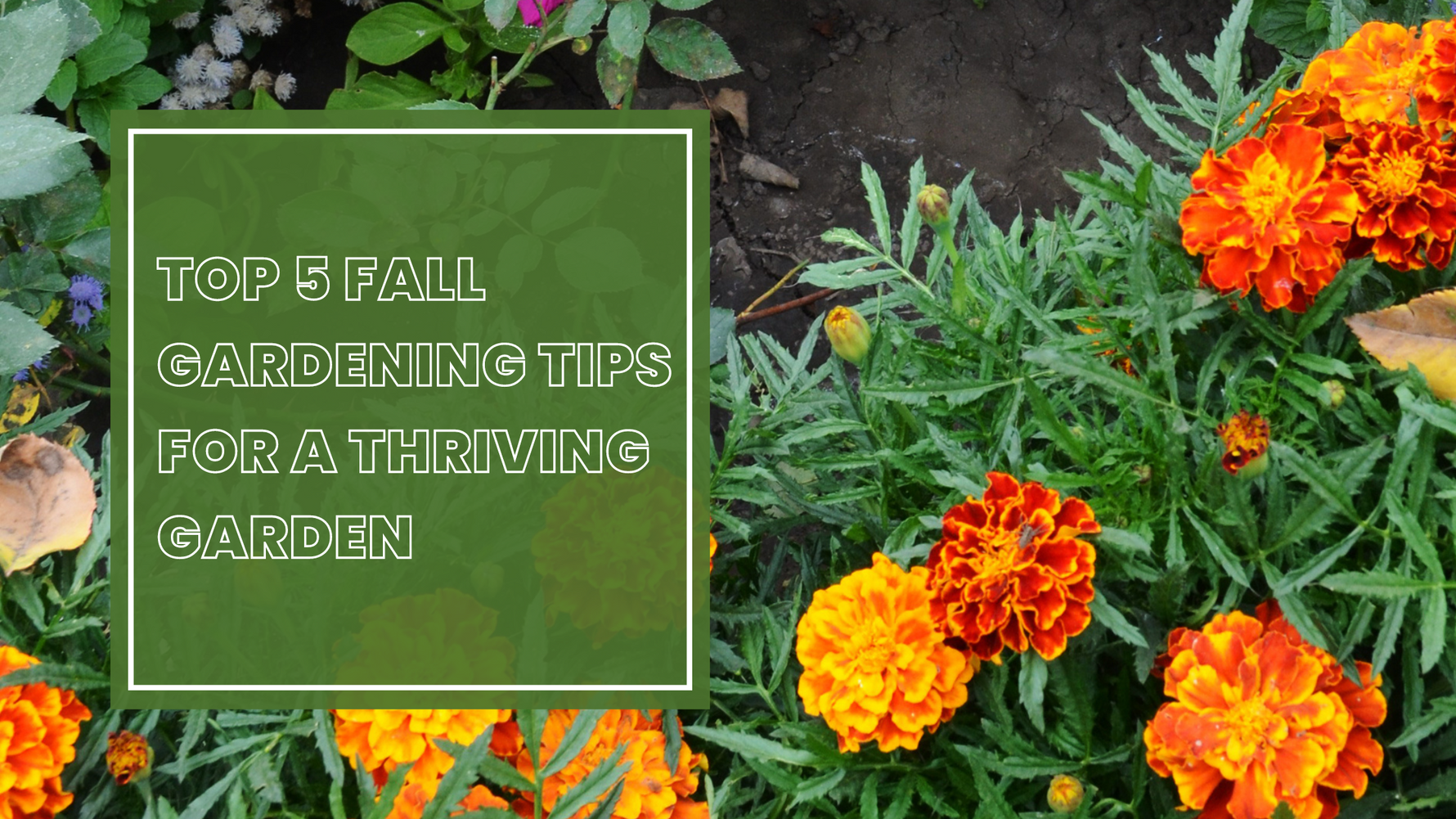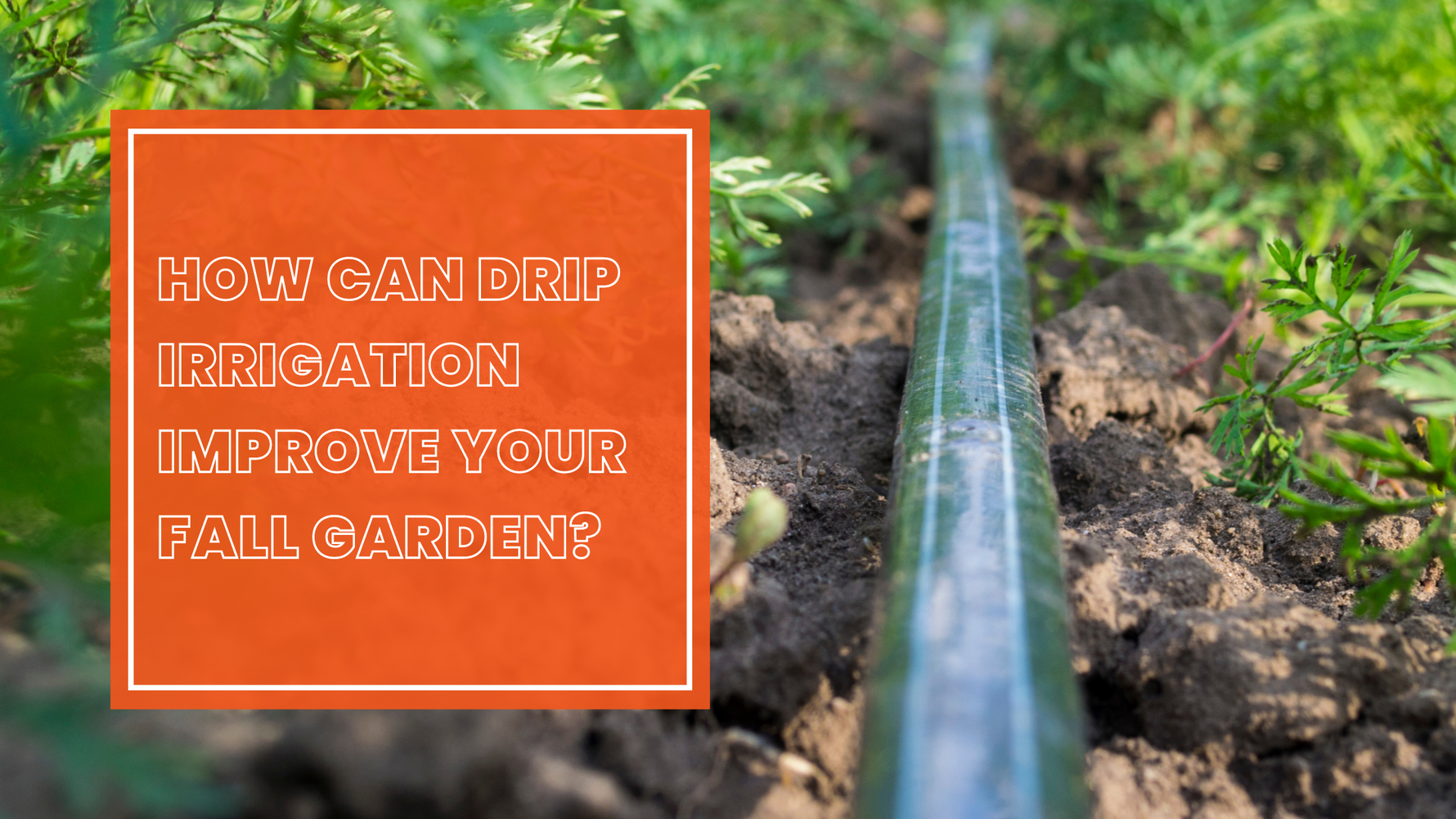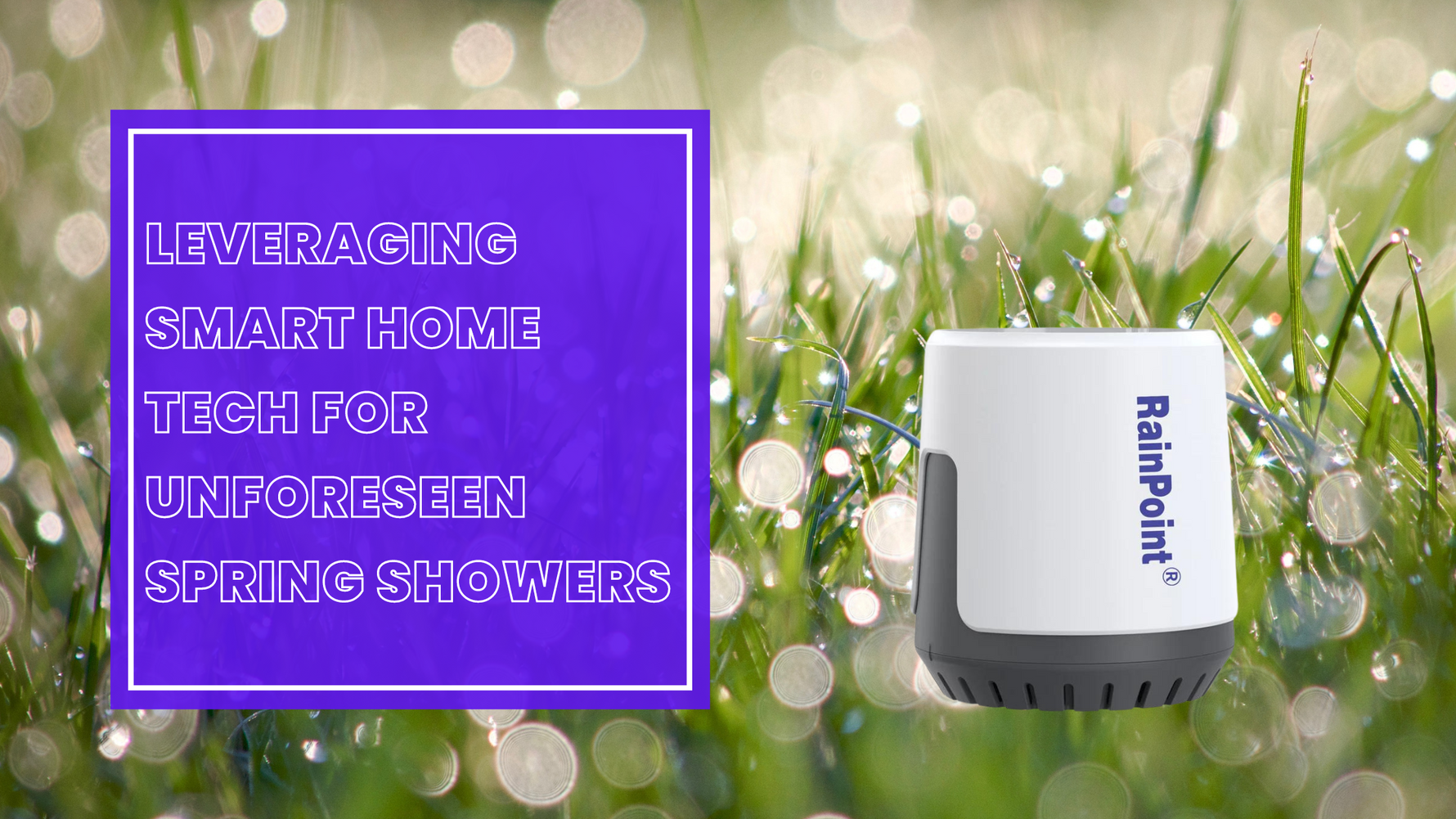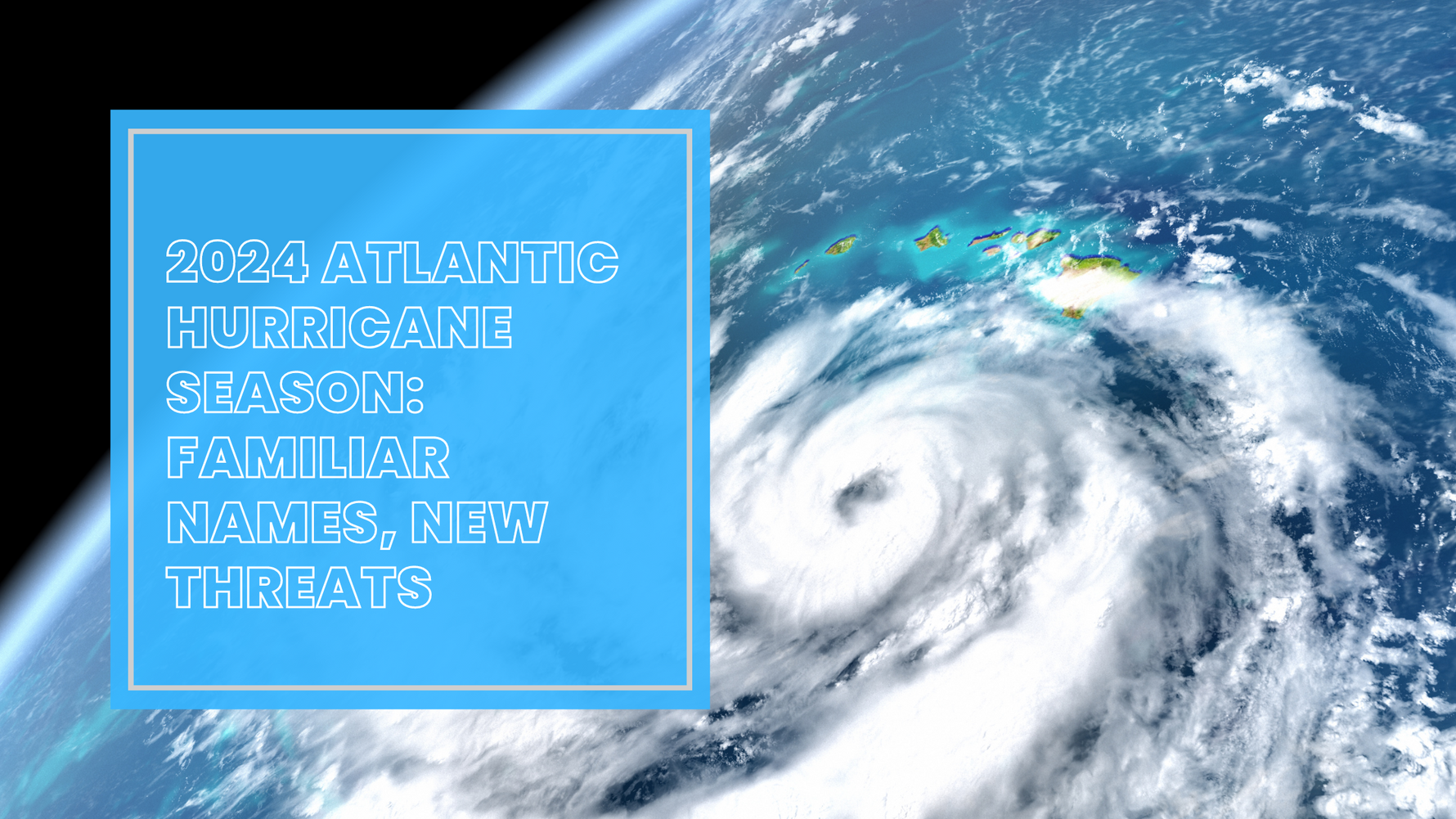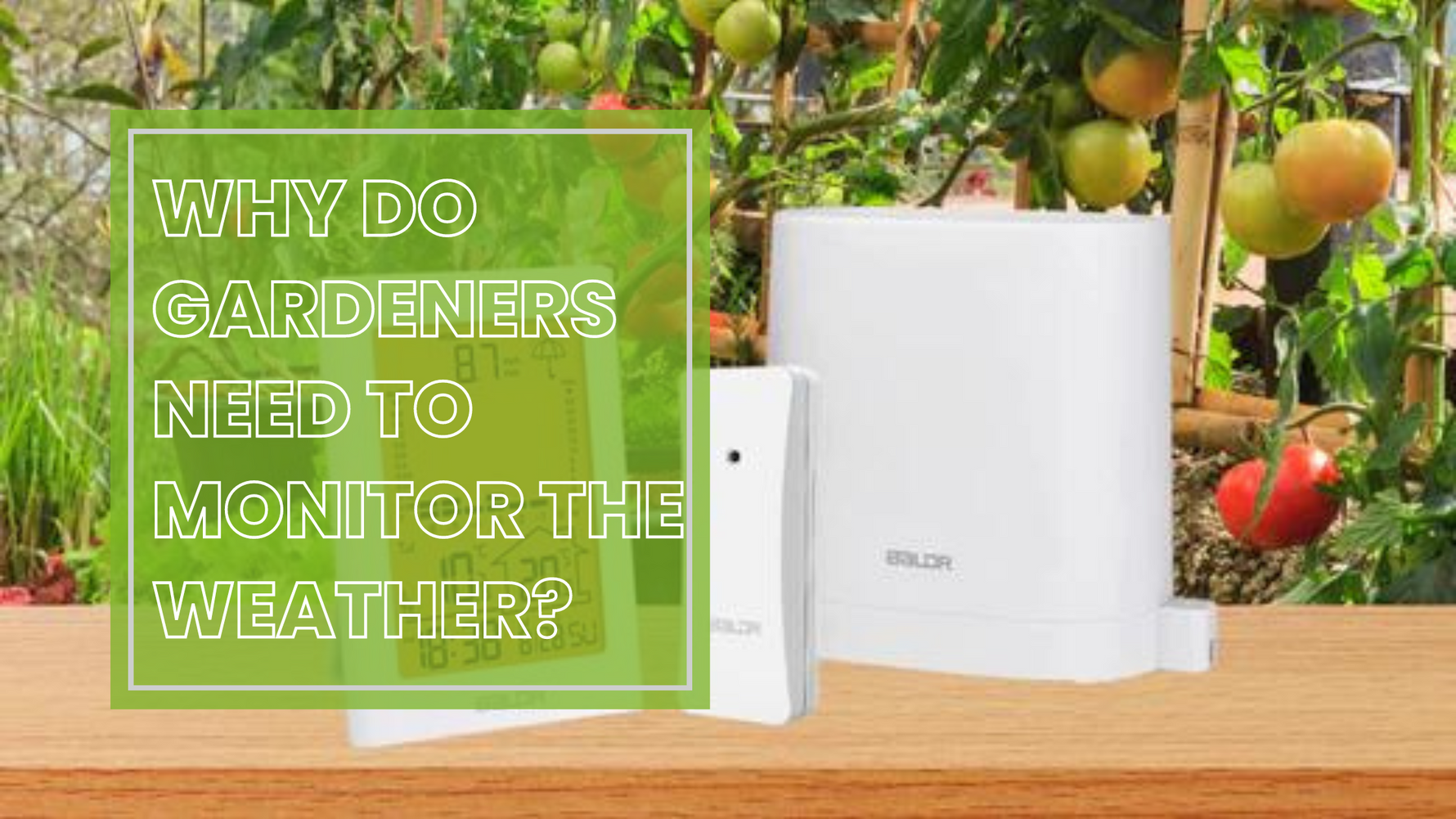Weather affects nearly everything in our daily lives — from planning outdoor activities to protecting our homes from sudden storms. Most people rely on general forecasts from apps or TV, which often only give broad information that may not reflect conditions in your exact location. That’s why smart weather stations are becoming a popular solution for homeowners who want accurate, real-time data.
What Is a Smart Weather Station?
A smart weather station is a device that tracks various weather conditions in real time, such as temperature, humidity, rainfall, wind speed, and air pressure. Unlike standard weather apps that rely on distant stations, these systems monitor the exact conditions at your home.
The BALDR Wi-Fi Weather Station is a perfect example of this technology. It provides precise local measurements and sends data directly to your display or mobile device. By having real-time access to accurate weather information, you can make smarter decisions for your home, garden, and family activities.
Why Smart Weather Stations Matter
Knowing the local weather can save you time, money, and stress. Accurate information helps you:
Protect your property from frost, heat, or heavy rain
Plan outdoor activities confidently
Adjust home heating, cooling, and irrigation systems efficiently
Monitor indoor air quality and humidity for better health
With traditional forecasts, these tasks are often guesswork. Smart weather stations allow homeowners to respond proactively rather than reactively.
Key Benefits of Smart Weather Monitoring
Precise Local Data: Get accurate readings right from your property instead of relying on general forecasts.
Real-Time Updates: Check current conditions anytime, which helps you make immediate decisions.
Remote Access: Monitor your home’s weather from your phone, no matter where you are.
Energy Efficiency: Optimize heating, cooling, and watering schedules based on actual conditions.
Safety and Preparedness: Receive early warnings for extreme weather events, protecting your family and home.
How It Works
A smart weather station collects data from sensors placed inside and outside your home. Outdoor sensors measure temperature, humidity, wind, and rainfall, then send the information wirelessly to the main hub. You can view these readings on a display, app, or even connect them to other smart devices to automate certain actions — for example, turning off sprinklers before it rains.
Installation is simple and user-friendly, so even beginners can benefit from advanced weather monitoring. Once set up, the system continuously tracks conditions, giving you a complete picture of your local environment.
Why It’s Worth the Investment
Having a smart weather station gives homeowners control, convenience, and peace of mind. By knowing what the weather is actually doing, you can make better daily decisions, reduce energy costs, and protect your property from damage.
Pairing the main system with a BALDR Outdoor Remote Sensor enhances its capabilities. This sensor provides accurate outdoor data in real time, allowing you to track conditions beyond the indoors. Together, these tools make home weather monitoring precise, reliable, and effortless.
Conclusion
Smart weather stations are more than just gadgets — they are practical tools for modern homeowners. With accurate local data and remote monitoring, you gain control over your environment, save resources, and reduce risks. Using devices like the BALDR Wi-Fi Weather Station with an outdoor sensor ensures you stay informed, prepared, and one step ahead of the weather.
